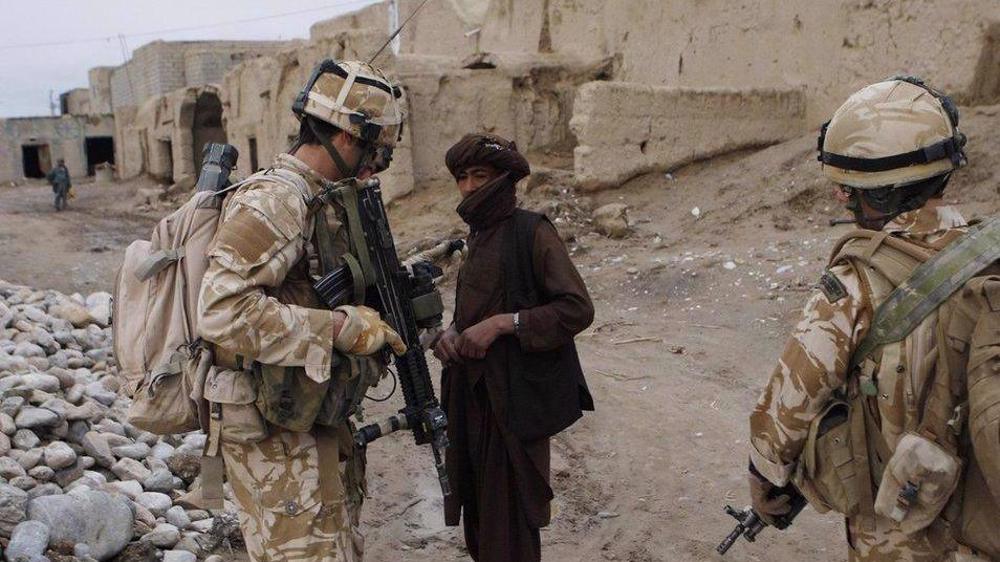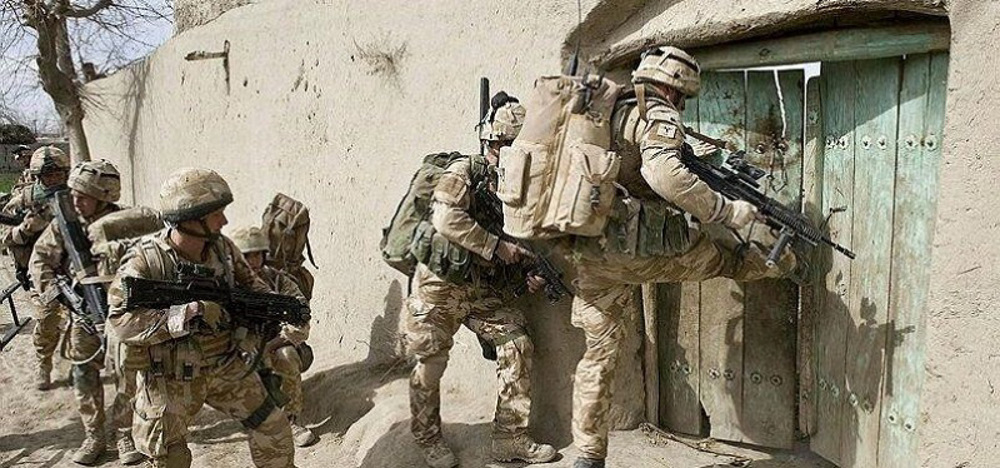Facts and Figures about Britain’s Crumbling Royal Navy
Britain’s Royal Navy once had pride of place in an empire where the sun was never supposed to set. Boasting fearsome names like Dauntless, Indefatigable and Ultimatum, this formidable fleet underpinned Britain’s global role.
But since the end of the Cold War the Royal Navy has shrunk dramatically to the point where it can barely defend Britain’s territorial waters, let alone project power in the world’s sensitive waters.
The small size of this naval force has cast doubt on Britain’s ability to mount a credible patrol in the sensitive waters of the Persian Gulf and Strait of Hormuz, where Iran has traditionally maintained security.
A headline by the weekly Economist on May 31, 2018 aptly captured the Royal Navy’s dilemma: “Britain’s Royal Navy has big ambitions – but a small budget”.
More recently, Julian Lewis, the chairman of the defence select committee, has described the size of Britain’s naval fleet as “pathetic”.
In 1982, at the closing stages of the Cold War, the UK had 43 frigates and 12 destroyers. In 2019, the Royal Navy has only 13 frigates and six destroyers. Similarly, the number of submarines has been reduced from 16 to 10.
Even the existing fleet is not fit for purpose. Back in June 2016, defence chiefs admitted that the Royal Navy’s fleet of six £1bn destroyers is breaking down because the warship’s engines cannot cope with the warm waters of the Persian Gulf.
The defence chiefs told the House of Commons defence committee on June 07, 2016 that the Type 45 destroyers’ Rolls-Royce WR-21 gas turbines would have to be replaced with diesel generators because of their inability to operate in extreme temperatures.
But the situation is even grimmer for the Royal Navy as the Type 45 destroyers are fully dependent on an integrated electric propulsion system. A naval officer told the Guardian in June 2016 the warships are vulnerable to “total electric failures”, which would leave them without propulsion or weapons systems in an emergency.
The dramatic reduction in the size of the navy in the past 30 years has in part been explained by a focus on capability as opposed to capacity. To that end, the Ministry of Defence (MoD) commissioned the construction of two aircraft carriers, the HMS Queen Elizabeth and the HMS Prince of Wales.
The MoD’s medium-term plan is to have at least one aircraft carrier operational at all times. But this plan was ridiculed in early July when the 70,000 tonne HMS Queen Elizabeth was forced to return from sea trials after a leak caused “neck-high” flooding in the affected compartments.
The flooding has cast serious doubts on the MoD’s plan to fully launch the £3.1bn carrier in 2020. It was expected that once operational in 2020, the aircraft carrier would accommodate 1,600 crew and up to 40 aircraft, including the F35 stealth fighter.
Despite its shrunken size, and questionable capabilities, British defence chiefs still expect their Royal Navy to perform miracles. Admiral Sir Philip Jones, the erstwhile head of the Royal Navy, claimed late last year that the navy would send warships through the South China Sea.
In an interview with the Financial Times on October 22, 2018, Jones said that Britain had an “obligation” to “showcase” physical support for its allies in the Asia Pacific region.
Britain is now attempting a similar over-reach in the Persian Gulf, with potentially disastrous consequences for the embattled Royal Navy.
VIDEO | Australians protest over US action in Venezuela
Cuba declares national mourning for 32 citizens killed in US raids on Venezuela
Iran: US must release kidnapped Venezuelan president
After US aggression against Venezuela, Mexico could be next: Report
Qalibaf: Protesters must be heard but foreign-linked agitators will be dealt with
VIDEO | German government refuses to condemn US aggression against Venezuela
Venezuela’s acting president calls for peaceful coexistence, dialogue with US
Denmark, Greenland leaders urge Trump to halt takeover threats










 This makes it easy to access the Press TV website
This makes it easy to access the Press TV website